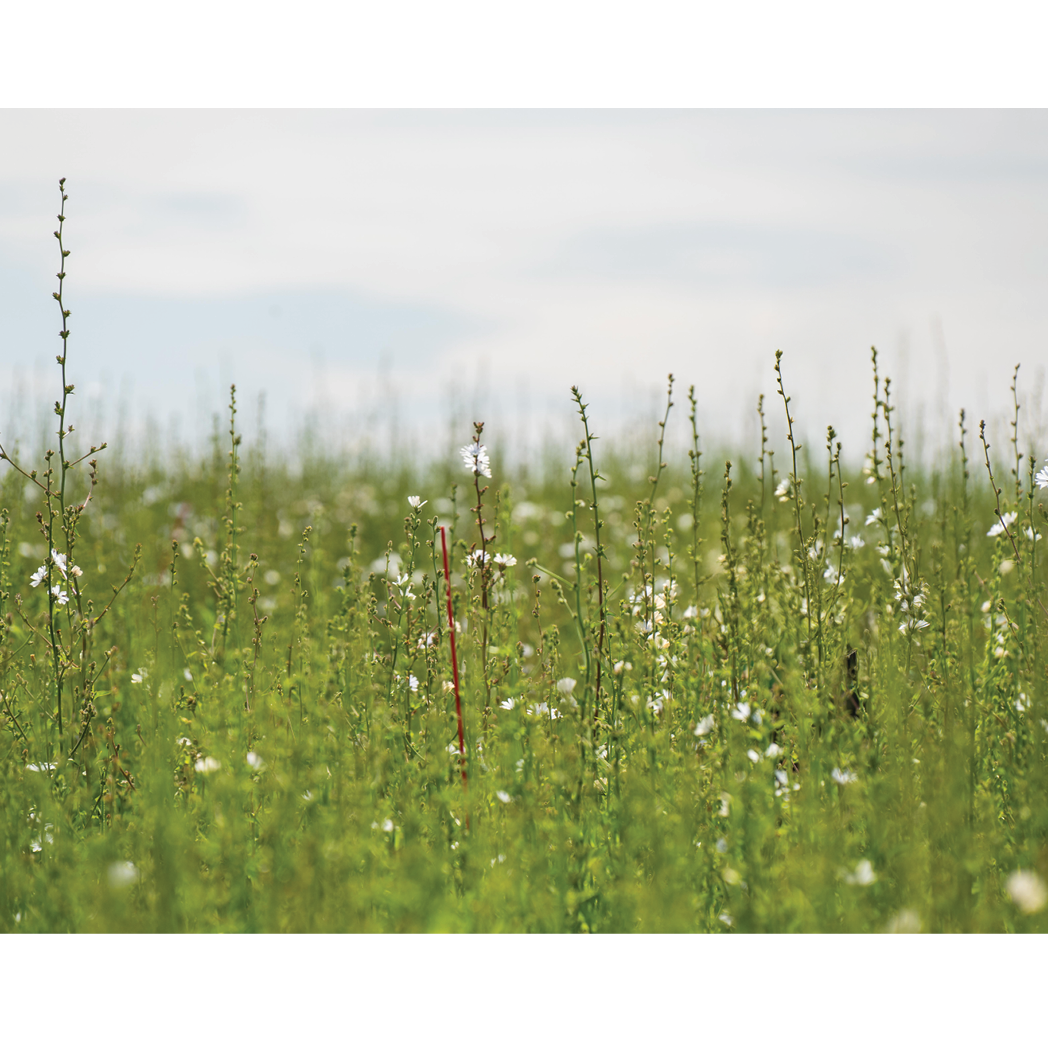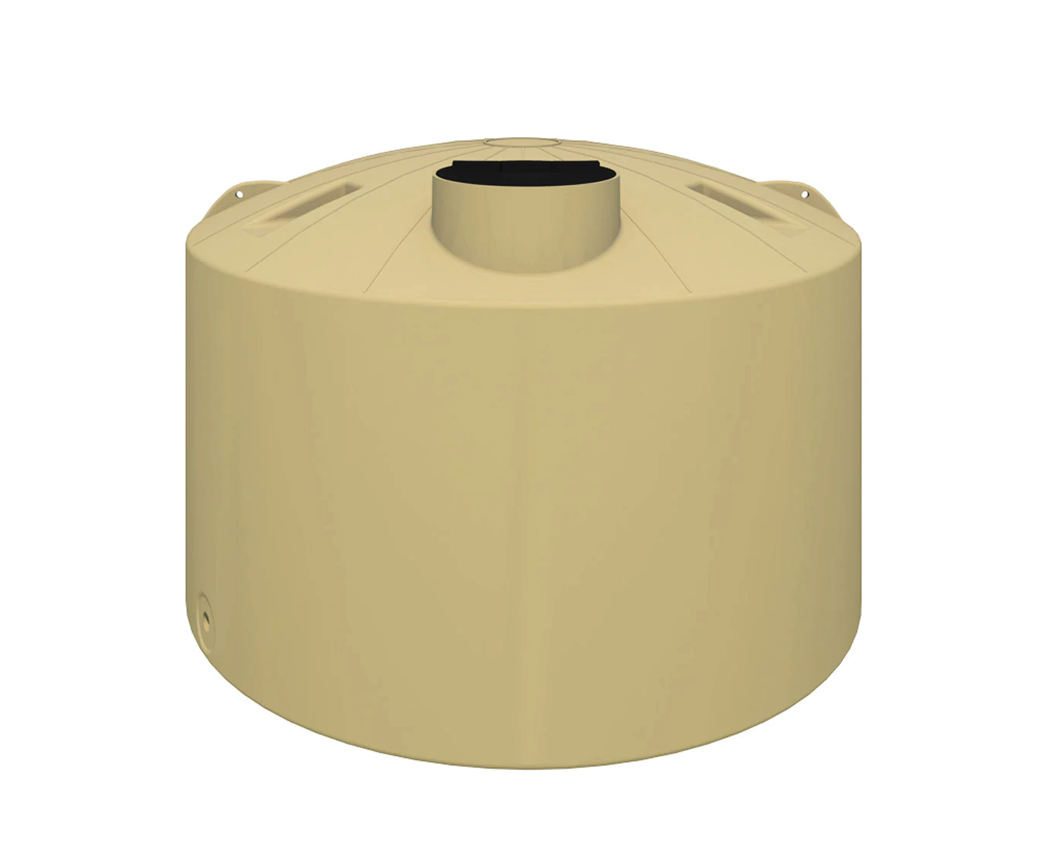

Preparing for Wild Spring Weather
Words by Niko Kloeten
NIWA’s Seasonal Climate Outlook shows one clear trend across New Zealand as we head into spring: it’s probably going to be warmer than usual in most places. The picture is murkier when it comes to rainfall; some areas like the northern part of the North Island are forecast to have slightly more rain than usual, while others such as the West Coast may be at normal to slightly below normal levels.
With parts of New Zealand struck by both flooding and drought in recent years (sometimes in quick succession), farmers are more aware than ever of the need to be prepared for both wet and dry conditions. Agresearch Business Manager – Meat & Fibre Grace McLeay, who researched ways to mitigate the effects of climate change while she was still at Farmlands, says having the right infrastructure is key to withstanding heavy downpours.
One option is groynes, man-made structures that slow the flow of water. She recommends consulting your local regional council before carrying out such work, but in some cases you may be able to build them yourself. “If you've got paddocks on the corner of a river and that paddock is particularly vulnerable on that corner, obviously a whole wall of water is going to be really destructive. Those river groynes are a great way to engineer the slowing down of water and minimize the destruction because you've got a rush of water, there's no stopping it.”
Grace says riparian planting along waterways and streams is a way to slow the rate of sediment loss into streams when there are significant rain events, although you need to be careful about choosing the right plants for the task. “You don't want to spend all this money on riparian planting when a flood could come and just take it out, and then you're continuously having to replace them. You've got to have stuff that will actually survive.”
The big dry
Drought can also be an issue during spring, and Grace says infrastructure is important in preparing for dry conditions. “You need to ensure that your water infrastructure is up to speed. Ask yourself: What does water resilience look like for me? Have I got enough water storage? Is that something that I need to invest in my capital expenditure budget?” Although on-farm dams can be useful, Grace says being overly reliant on them being rain-fed can be a problem. “I know farmers up in Taihape that are at risk because they don't have a water reticulation system. They don't have a way of pushing water around their farm in a drought.”
Grace says one of the trickier aspects of dealing with drought is knowing when to destock, as getting the timing wrong can be costly. “You've got two choices: you either destock or you spend money on bringing feed in, and you've got to understand how long the drought is likely to last and how long you can sustain that.” Being financially resistant is important, as is knowing when to “bite the bullet” and make the tough call to sell stock, Grace says. “The Hawke's Bay have just been through it, unfortunately. They were going through a drought and they did what all good farmers should do and they destocked early, then the rains came and they had to buy everything back.”


Diverse approach
The Cousins family of Hiamoe Farm, in the Manawatu, who won the Horizons regional supreme title at this year’s Ballance Farm Environment Awards, have taken a multi-faceted approach to establishing resilience to adverse weather. Their 920ha (840ha effective) property, near Feilding, is jointly managed by John and Toos Cousins and their three sons Julius, Edmund and Guido (known as ‘the Team’), each with their own roles on the farm. This diverse farming operation includes sheep breeding and finishing (2,200 Romney ewes), bull finishing and dairy grazing.
They produce maize silage for a neighbouring dairy farm, crops for stock feed, peas for McCain’s and offer Agritourism, a very small aspect of their operation they credit with playing a “vital disciplinary role” in maintaining a well-kept, efficient home and garden. Julius says: “Five years ago, half the farm was leased out while the other half was solely dairy heifer grazing, but then the purchase of an additional neighbouring property coincided with the return of the fourth generation to take over the reins at Hiamoe.” Heifer numbers were reduced, in favour of introducing a much greater bull finishing component, with bulls matching the grass growth curve far more effectively.
“We maintain weight gain on the bulls for their entire time in our care, targeting slaughter at 290kg cc in December/January, and although we are generally very fortunate with Manawatu weather, it can turn a little dry in February/March, thus making us vulnerable to reduced feed reserves, compromising all stock on the property. “As feed covers start to diminish with summer underway, the bulk of the bulls are gone by the end of January.”
Home-grown feed
Hiamoe makes good use of forage crops, e.g. Rape, Chicory and Kale planted in late spring, also mitigating the risk of a dry summer, Julius says. “When we're planting in November, we've got heaps of grass and by December we're thinking, “gee, how are we going to eat all this crop?” Come February, the grass has stopped growing and we're very pleased to have the crop, which always comes as a pleasant surprise!”
The main weather challenge, heading into spring, is heavy rainfall over lambing, which Julius says, is their greatest cause of lamb deaths, after 205% ewe scanning. They deal with this major issue in several ways, including:
- Three lambing dates to spread the risk
- Use of good Romney ‘easy care’ genetics
- Maintaining good body weight on ewes through the winter rotation
- Set stocking ewes onto as much good quality cover as possible
- Extensive tree planting for shelter.
“Our main goal is to ‘set stock’ the very well-conditioned ewes onto excellent pasture covers and when bad weather arrives (as it always does), they nurture their lambs vastly better, instead of abandoning them, in search of a feed for themselves,”. Julius explains. The Team have also been working to protect the land itself from weather extremes, incorporating 90ha of riparian planting (poplars and natives). “These guard against erosion, offering the added benefit of shade, an important animal welfare consideration and in an unusually dry summer, extra forage from poplar prunings,” he says.
Healthy soils
Another aspect the team pay particular attention to is soil health, which can play a big role in adverse weather resilience, protecting against both drought (by holding more water) and flooding (by improving water absorption capacity). “With our cropping programme, more than 80% of it is done by direct drilling, optimising soil structure by not regularly breaking it up,” Julius says.
“Colder soils mean reduced grass growth, so the Hiamoe Team also maintain a programme of mole ploughing, enabling surface water to drain more quickly, thus aiding slight boosts in soil temperature, kickstarting grass growth in the spring, much earlier than normal. We make spring happen, rather than waiting for it to happen.” He says one of their greatest goals as a farm is to reduce their carbon footprint. “We do this by always providing optimal feed and water to all stock optimising performance and minimising the time that animals are on the property before achieving target weights.”
Talk to your local Farmlands team today about how to protect your farm or orchard from wild weather.
FEATURED PRODUCTS



HiLo Tank Monitors
The smart way to keep an eye on your water tank levels. These monitors use radar to work out how much water is in your tank, then sends an update out over your home WiFi or mobile network.

Devan Water Tanks
Standard Devan Water tanks are suitable for all domestic use applications for water up to a temperature of 30 degrees Celsius and come fitted with 50mm brass outlets (except TT007S).